Planning a trip to Italy to sample the best Tuscan food?
We travelled extensively through the region, sipping and nibbling our way through fresh food markets, bakeries, cheese farms and fine dining restaurants in search of the best Tuscan dishes.
Our comprehensive guide to Tuscan food shares the fascinating culinary history of the region, which is now known as one of the best destinations to eat in Italy.
Save this story to Pinterest so you can look at it later!

What Makes Tuscan Food Unique?
Tuscan cuisine is rooted in simplicity. For centuries local families and cooks taken a rustic approach in the kitchen. Since medieval times peasants farmed and foraged for everything from tiny truffles to wild game such as boar, rabbit and guinea fowl.
Tuscany is perhaps most famous for its Ribollita, a humble vegetarian bread soup featuring humble ingredients such as kale, beans and stale bread. Thirsty travellers can also pair traditional Tuscan dishes with award-winning wines, hoppy craft beer or an early evening cocktail at Aperifivo hour.
Many of Tuscany’s bakers produce sweet treats you can only find in their region, making a dessert hopping tour a mouth-watering adventure. While pici pasta may be the most common savoury Tuscan food, be sure to also treat yourself to a humble slice of cecina or decadent Florentine steak.
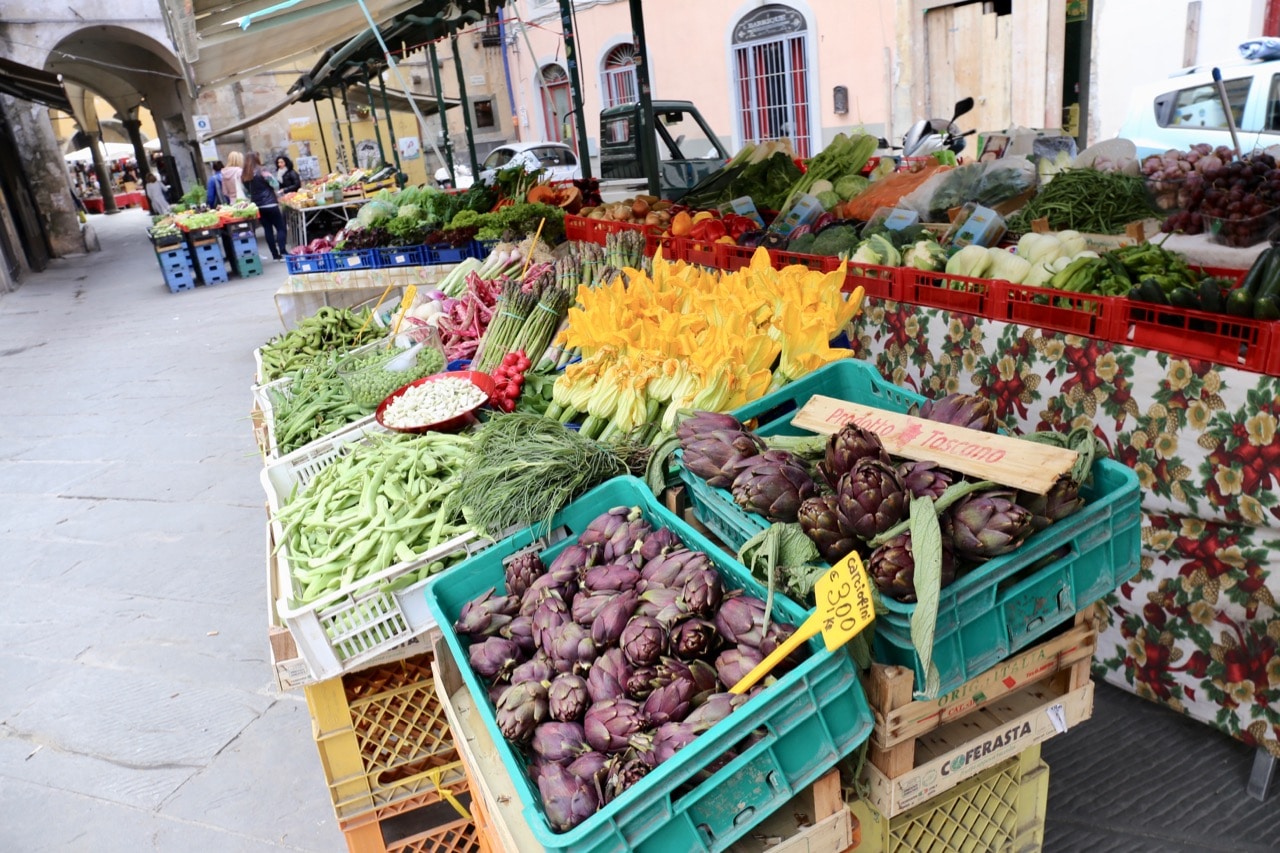
Learn About Tuscan Food on a Tour
The best way to learn about Tuscan food is to book a fun and educational culinary tour. The perfect Tuscan food tour will really depend on how much of a culinary nerd you are. Food tours in Tuscany range from a few hours discovering one particular destination, or lengthier itineraries that can last one or even two weeks long.
At the very least, we suggest booking a day tour in one of the villages or towns on your Tuscan itinerary. The best Tuscan food tours typically include a visit to a local farmers market, wine tastings at a popular bar, fancy feasts at award-winning restaurants, bakeries and cafes, celebrated street food and hands-on cooking classes.
- G Adventures Tuscan Food Tour: the award-winning small-group operator offers three 7-day itineraries perfect for food lovers: Local Living San Gimignano, Local Living Coastal Tuscany and Wellness Italy – Rome & Tuscany.
- Curious Appetite: enjoy a local foodie walking tour of Florence or taste the best Tuscan dishes on a day tour of Chianti or Montalcino.
- Tours of Tuscany: this Canadian tour operator specializes in travel to Tuscany and offers a week-long Flavours of Tuscany tour.
- Tuscan Wine Tours: this local tour company offers wine tours of Tuscany, perfect for those keen to develop a romantic relationship with Sangiovese.
- Bella Italian Tour: offers private day tours in San Miniato for those keen to go foraging for white truffles.
- Valdichiana Living: offers unique food tours in Tuscany focussed on cheese, Chianina beef, extra virgin olive oil and truffle hunting.

Prepare Tuscan Dishes in a Cooking Class
Another great way to learn about Tuscan food is to book a cooking class while on holiday. The best Tuscan cooking class will really depend on how much of a kitchen fan you are. Cooking classes range from a few hours one afternoon, to lengthier programs for gourmands who want to master the best Tuscan dishes .
At the very least, we suggest booking a cooking class for a day in one of the villages or towns on your Tuscan itinerary. The best Tuscan cooking classes typically include a visit to a local farmers market to see what products are in season. You can also expect to enjoy a sip (or three) of local wines and a hands-on demonstration with a professional chef. Most cooking schools also send students home with a cookbook featuring recipes for the Tuscan dishes you prepared.
- Tuscan Culinary: this small cooking school in Cortona offers one-day classes as well as weeklong “culinary vacations.”
- Ecco La Cucina: located just south of Siena in an 18th-century farmhouse. Enjoy cooking classes that you can also pair with local wine tours.
- Toscana Mia: the intimate farmhouse is located south of Florence and offers cooking classes that can be booked for half day, full day or up to 5 days for those that are kitchen keen.
- Good Tastes of Tuscany: offers a wide selection of fun and educational sessions for those interested in mastering Tuscan food. Hobbyists can select from one day or weekly classes while professionals and apply for the more prestigious Certificate Masters in Italian Cuisine.
- Organic Tuscany: offers week-long cooking class holidays that include winery visits, olive oil tastings and visits to nearby attractions like San Gimignano and Siena.
- Fonte Giusta: located in Siena, this cooking school offers unique classes on pastry, pizza and gelato.
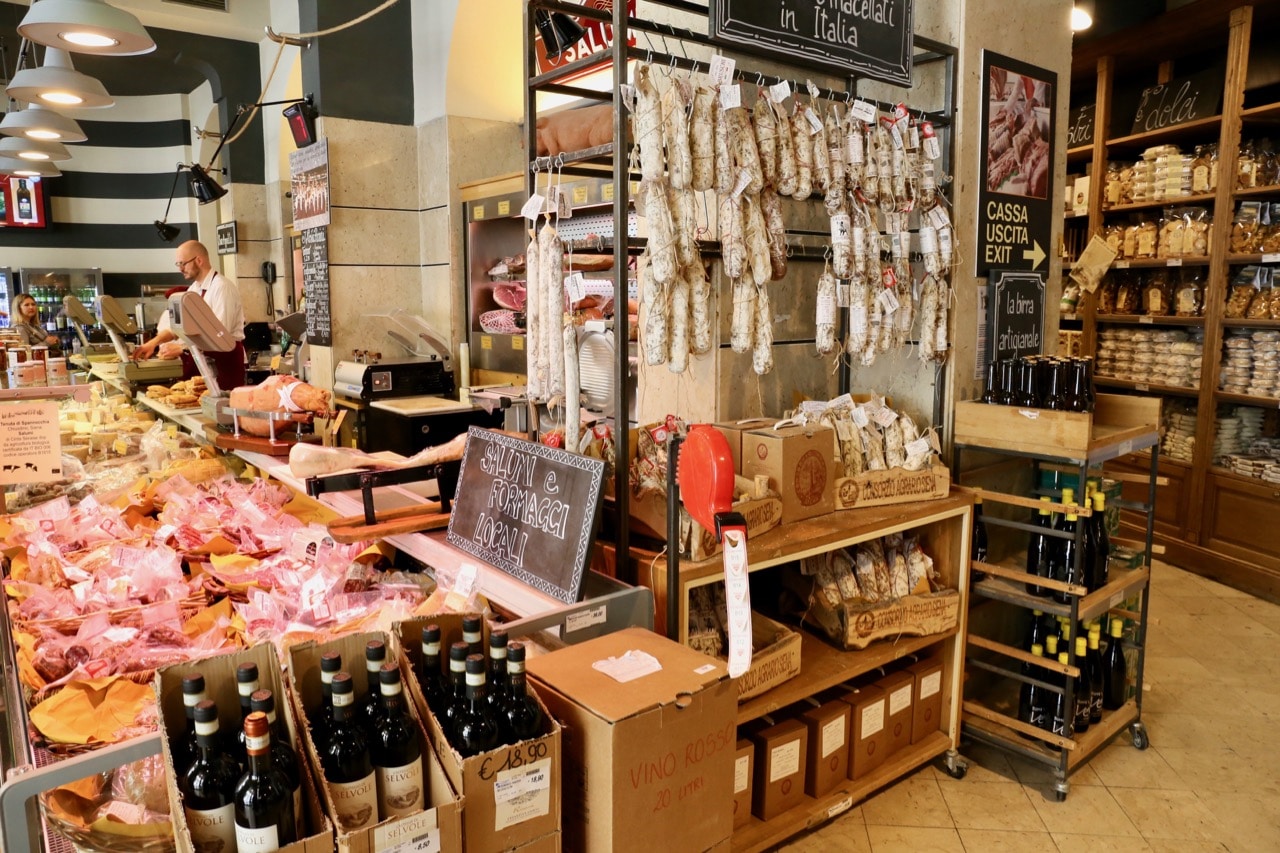
20 Must-Try Tuscan Dishes and Drink
Daniela Mugnai works for Vetrina Toscana, a network of restaurants and gourmet stores where you can eat typical Tuscan dishes and products.
Mugnia shares some of her favourite Tuscan dishes, “ribollita is a bread soup with vegetables you must try in winter while panzanella and pappa al pomodoro are a favourite during the summer months.” She adds, “during Carnival time you can taste Schiacciata alla fiorentina, a soft sweet like sponge cake and castagnaccio is a popular chestnut cake baked during the winter months.”
We spent two weeks eating our way from Pisa to Florence, keen to taste all of the best Tuscan dishes. Here are our must-try Tuscan food and drink suggestions for those planning to sip and nibble on an Italian culinary holiday.
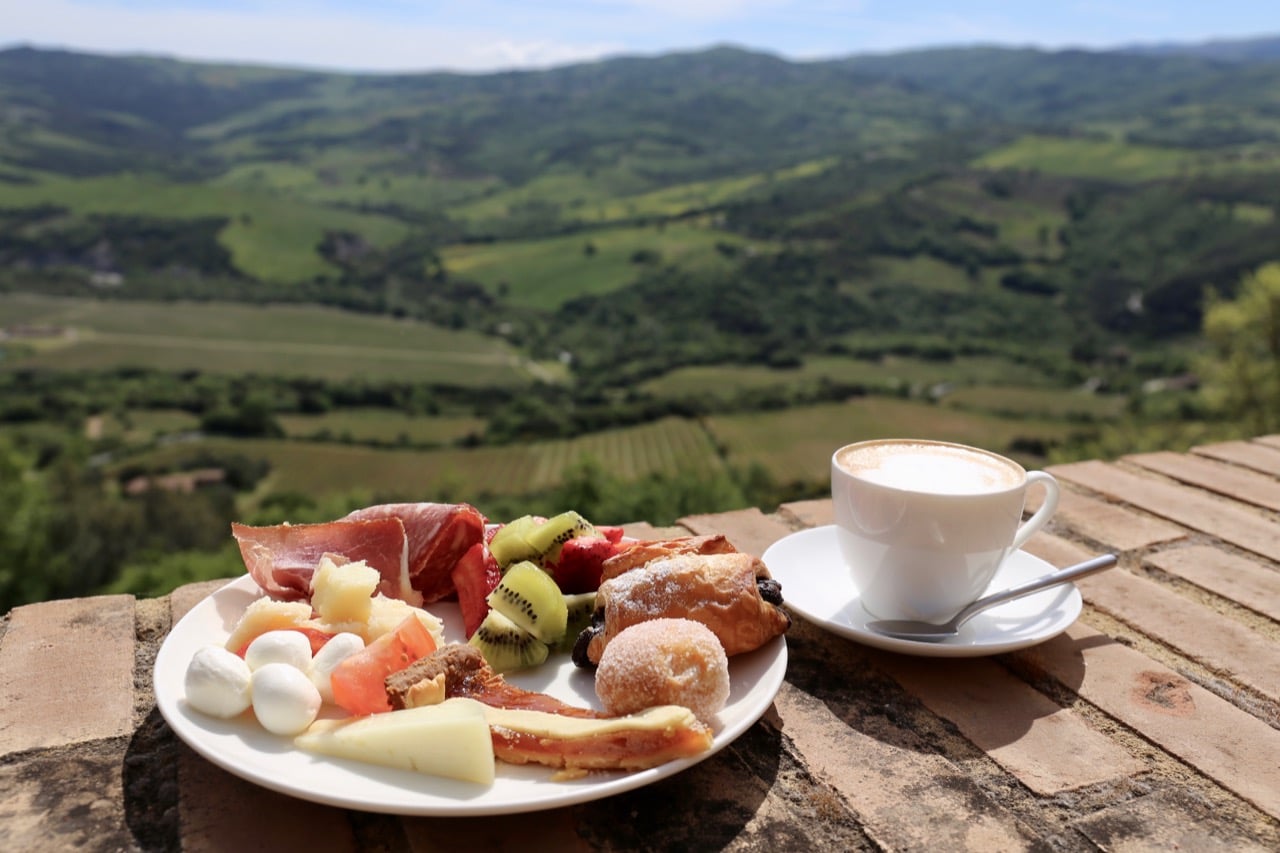
Tuscan Breakfast
If there’s one Tuscan food tradition every visitor will enjoy on the daily, its a mouth-watering breakfast. Whether you’re staying at a humble agritourismo or luxury hotel, breakfast in Tuscany is worth waking up for.
The best Tuscan breakfast begins with a frothy cup of cappuccino, the perfect way to wake up to the world. Most hotels in Tuscany offer guests a buffet breakfast, featuring a savour and sweet spread.
One table is typically dedicated to freshly made pastries, donuts, slices of fruit pie or tiny cookies. The antipasti area offers marinated olives, salumi, cheese and salads. A yogurt and cereal station often features a selection of jars stuffed with dried fruit, granola and pureed fruit. Hot plates are typically ordered a la carte and feature eggs, bacon, beans and sausages.
You May Also Enjoy Reading…
- Pisa Attractions: Explore Beyond The Leaning Tower
- Luxury Living at Grand Hotel Continental Siena
- Things To Do in Siena: A Comprehensive Guide
- Castello di Velona: Tuscany’s Best Luxury Spa Getaway
- Sorano Italy: An Ancient Medieval Hill Town in Tuscany
- Pitigliano Italy: Explore Tuscany’s Ancient Jewish History
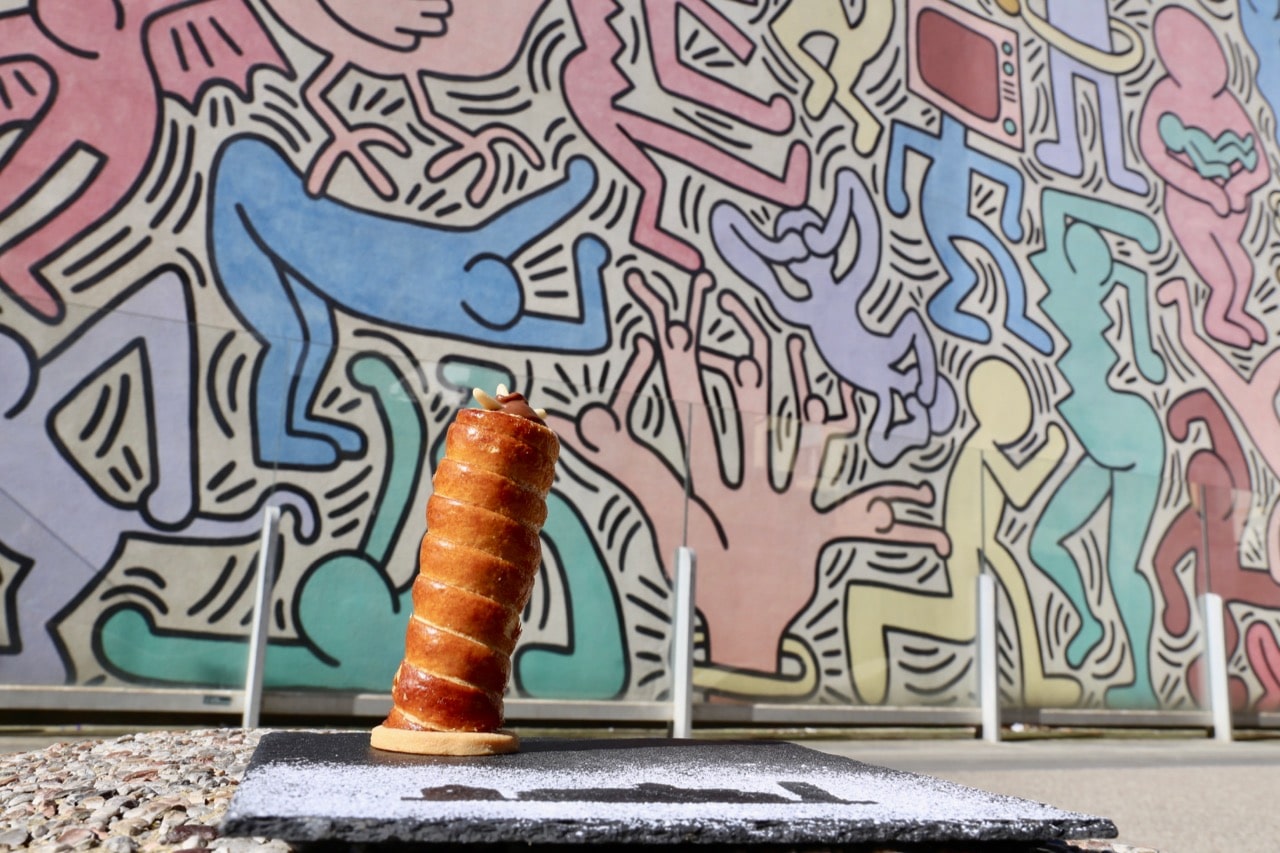
Dolce Pendente
There are few contemporary takes on Tuscan food worthy of note but we feel you can’t visit Pisa without sampling the city’s modern marvel, Dolce Pendente.
A local pastry chef created the dessert in homage to the city’s iconic leaning tower. Dolece Pedente features tasty puff pastry rolled up on a base of short crust. A liquid layer of dark chocolate holds the leaning tower to its base while soft custard fills the pastry from top to bottom.
Pisa’s favourite pastry can be ordered at cafes across the city and feature three flavours:
- Toscano: chocolate from Azienda Amedie, pine nuts from Azienda Grassini, candied fruit, rice and raisins.
- Campano: cream, ricotta cheese from Azienda Busti, semolina and citrus fruits.
- Italiano: classic custard with milk, cream, egg yolk and vanilla.
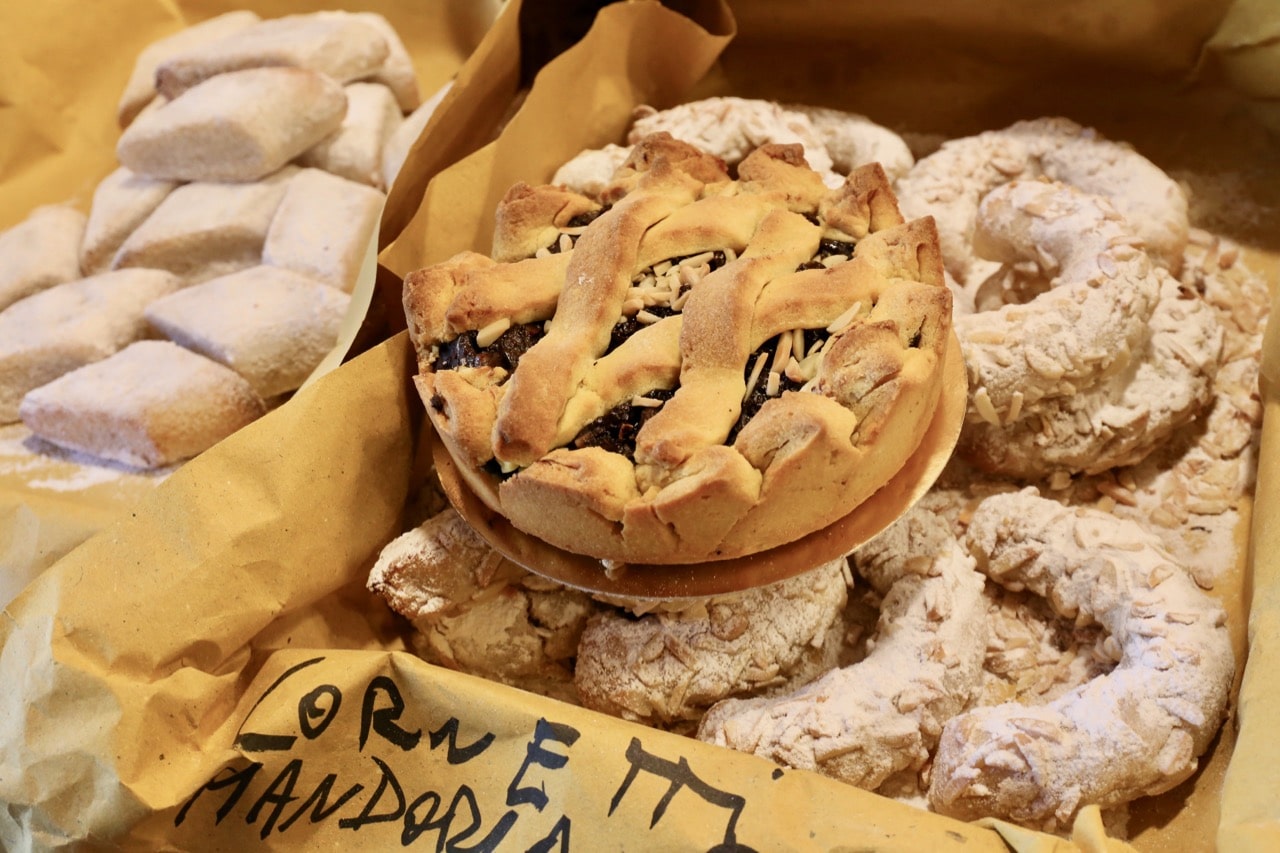
Tuscan Pastry
If Tuscan food culture has one thing in common it’s a love for sweet pastry. Every bakery in Tuscany offers a drool-worthy selection of freshly baked cakes, pies, tarts and cookies.
If you’re a sweet tooth enjoying a road trip of Tuscany, stop into a bakery in each place you visit to sample the local delicacy. Tuscan baked goods typically include olive oil, shortening or lard instead of butter.
Tuscan bakers take great pride in their speciality breads, secret recipes which have often been passed down the family for hundreds of years. Find Buccellato in Lucca, Rice Cake in Massa Carrara, Torte co’Bischeri in Pisa, Schiacciata Briaca in Livorno, Pesche in Prato, Panina in Arezzo and Sfratto in Grosseto.

Gelato
Gelato is perhaps Italy’s greatest edible gift to the world. While gelato may not be directly associated with Tuscan food, no trip to the region is complete with a sweet cone or two.
Italy’s favourite cutlery-free dessert can be enjoyed at gelateria across Tuscany. Since there are often so many shops in tourist zones, we suggest asking a more discerning local where to go. Not every gelato shop is alike.
The best gelato parlours in Tuscany stand out for using fresh local ingredients. That means you may find special flavours in Siena that ice cream lovers in Sicily may never see. Gelato flavours you might find that are unique to Tuscany include prickly pear cactus, bitter almond and pine nut.
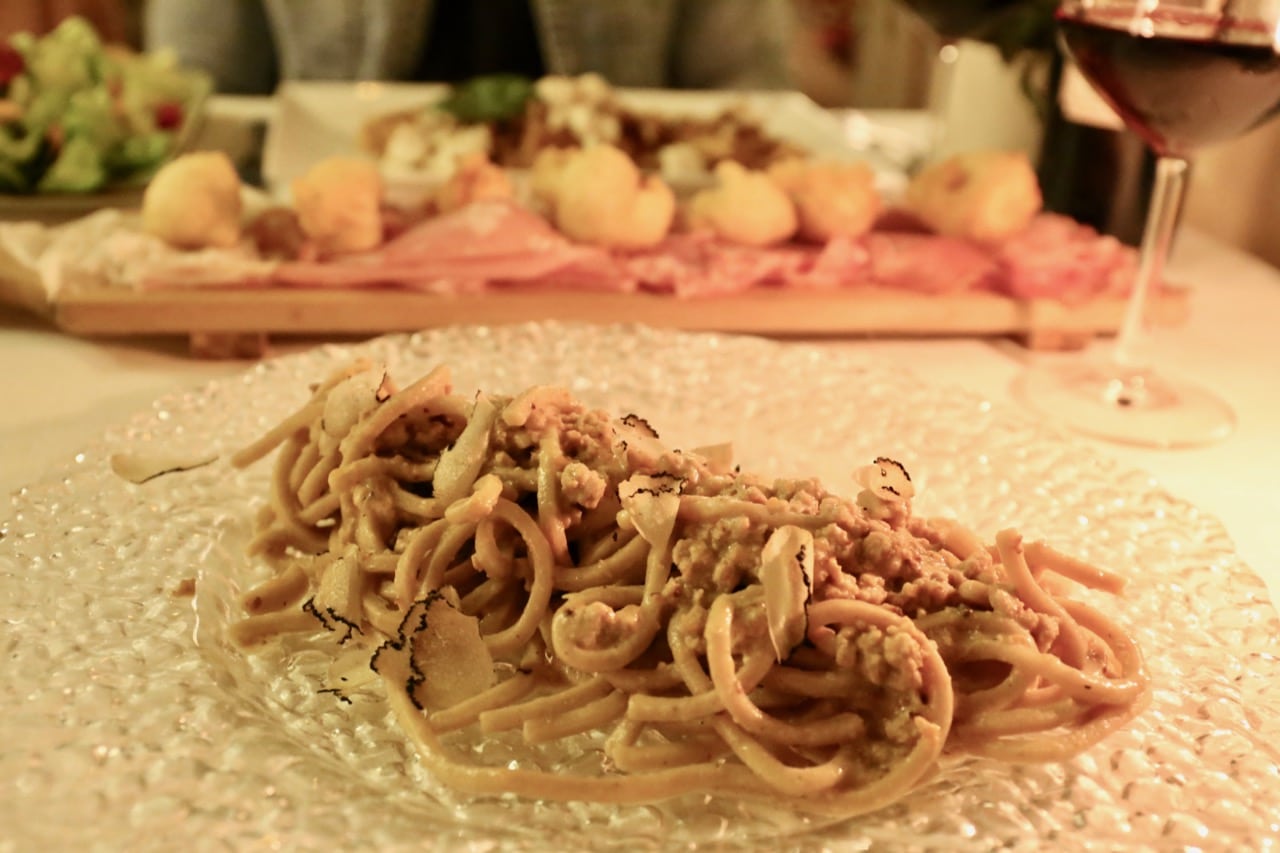
Pici Pasta
If there is one Tuscan food you are most likely to encounter on every restaurant menu it is pici pasta. The fat, hand-rolled spaghetti are offered up in steaming bowls from Pisa to Pitigliano.
The name pici comes from “appiciare,” which refers to the traditional manual technique Italian grandmothers used to form these long, thick noodles. If you’re visiting Montalcino take note, locals refer to the pasta as pinci.
Pici is ancient in origin, dating back to the Etruscans, made from only flour and water, and enjoyed by poor Sienese peasants. A richer version was served on Sundays and holidays by incorporating a small amount of egg.
Pici pasta offers a perfect al dente bite since the noodles are so thick. The popular Tuscan pasta is often served with simple tomato and garlic sauce, hearty meat ragu or cacio e pepe style.
While pici is best enjoyed as a fresh pasta, any tourist visiting small towns in Tuscany will find a dried variety sold at local gourmet shops. An affordable gift to bring home to food loving friends and family.
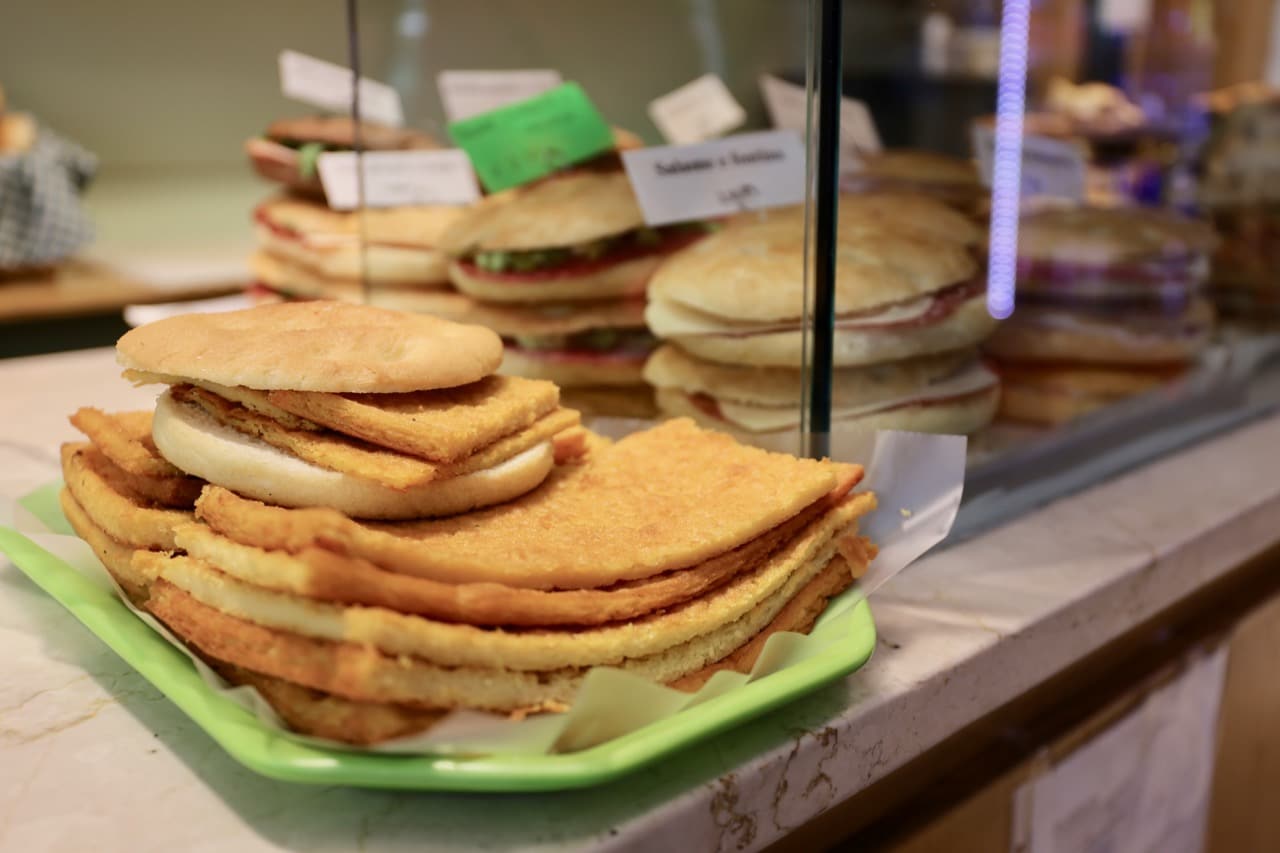
Cecina Toscana
Cecina Toscana, also known as “hot hot,” is a tasty, thin flatbread made from chickpeas. It’s a popular Tuscan food for vegetarians and vegans as the recipe only includes chickpea flour, water, salt, extra virgin olive oil and salt and pepper to taste.
The cecina is a traditional dish of the Pisa and Livorno area and can be purchased at local sandwich and deli shops. The thin chickpea bread is traditionally baked in a wood oven and is often enjoyed sandwiched inside a fresh focaccia bun.
You May Also Enjoy Reading…
- Saturnia Hot Springs: Wellness Spa Holiday in Tuscany
- Agriturismo Volterra: Book the Best Farmstay in Tuscany
- Travel to Florence, Italy
- Florence in a Day: 24 Hours in Tuscany’s Culture Capital
- Tuscan Honeymoon: Best Romantic Holiday in Italy
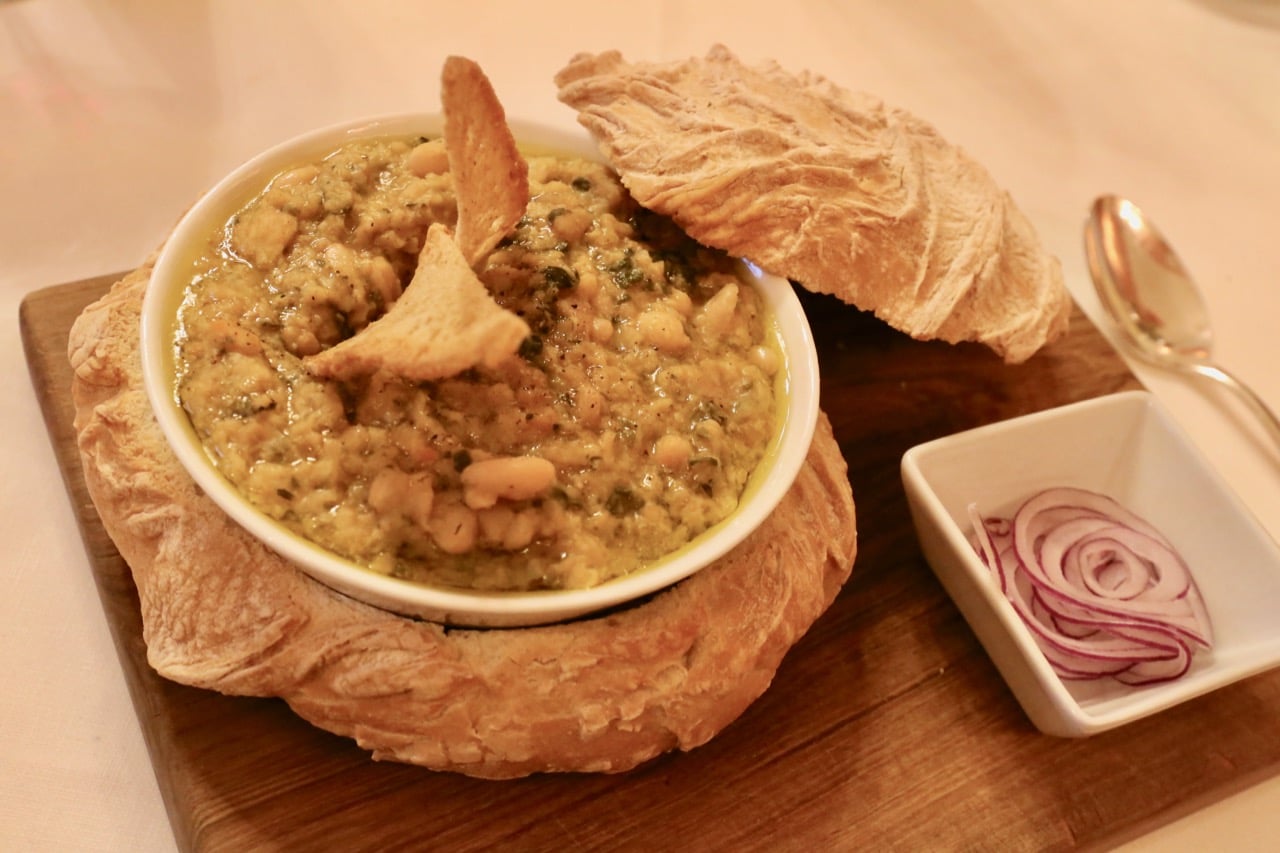
Tuscan Bread Soup
Visiting soup lovers will likely rank Ribollita as their favourite Tuscan dishes. The traditional Tuscan Bread Soup is one of the most popular dishes in Italy.
The historic recipe has been prepared in Tuscany since the Middle Ages. The hearty dish came out of the necessity to reuse stale bread by mixing it with herbs and vegetables from the garden. Tuscan Bread Soup was typically prepared on Friday and consumed during the following seven days. The vegetarian soup was re-heated every day, which explains why Ribollita means “re-heated,” in Italian.
Authentic Ribollita recipes typically include kale, beans, cabbage, carrots, celery, potato and onion. The Tuscan soup is served at many restaurants in a bread bowl and topped with sweet red onions.
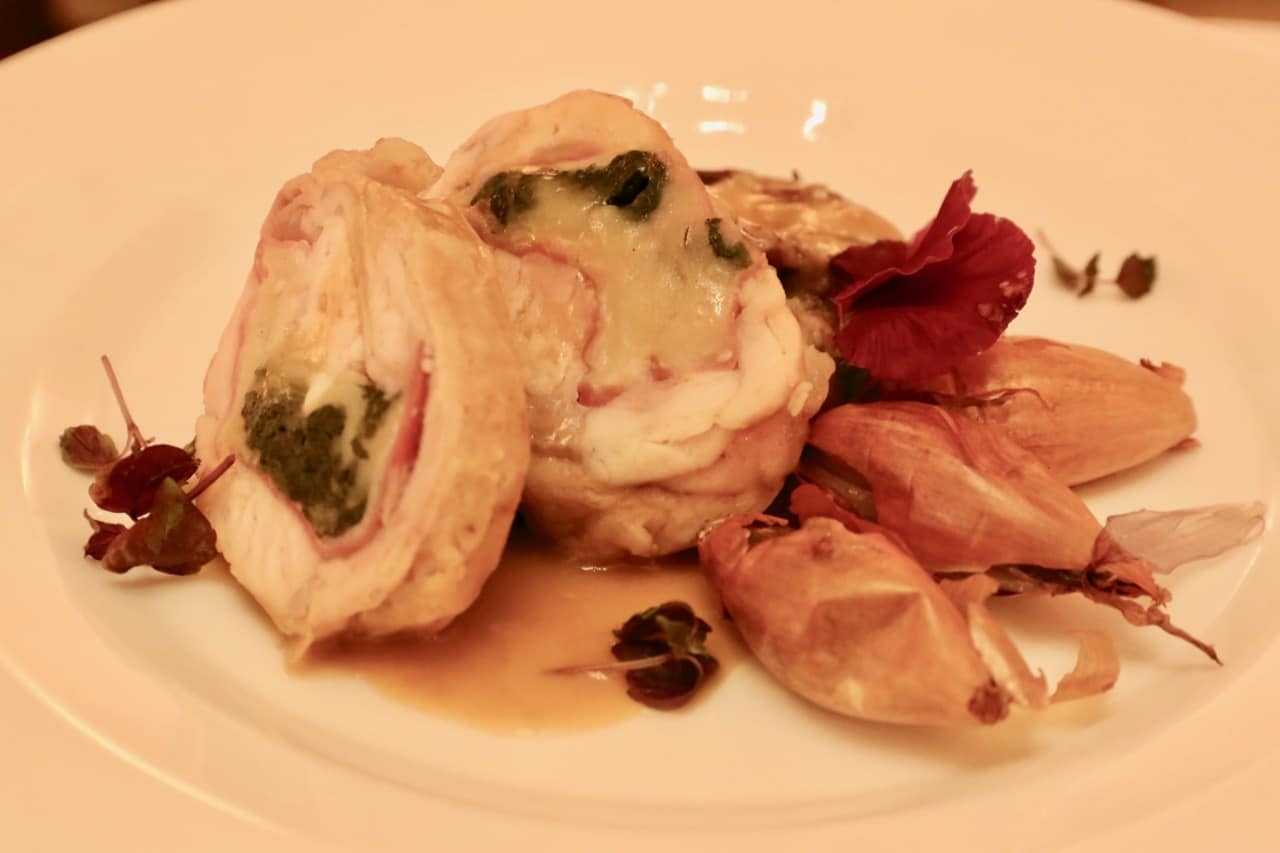
Rabbit
Many of the most popular Tuscan dishes are considered rustic and hearty. The wild rabbit has been appearing in Tuscan culinary literature since before the medieval times. Locals have a rich heritage feasting on local game meats such as rabbit, wild boar and guinea fowl.
Wild rabbit is a popular meat course in Tuscany, often cooked on a grigliata, or open air grill.
If you’re keen to try rabbit for the first time, a trip to Tuscany offers the perfect opportunity. Many fine dining restaurants offer rabbit on their menus. Rabbit in Tuscany is typically served as a hearty sauce over fresh pasta or rolled around local cheese, cured meat and fresh herbs before being baked in the oven.
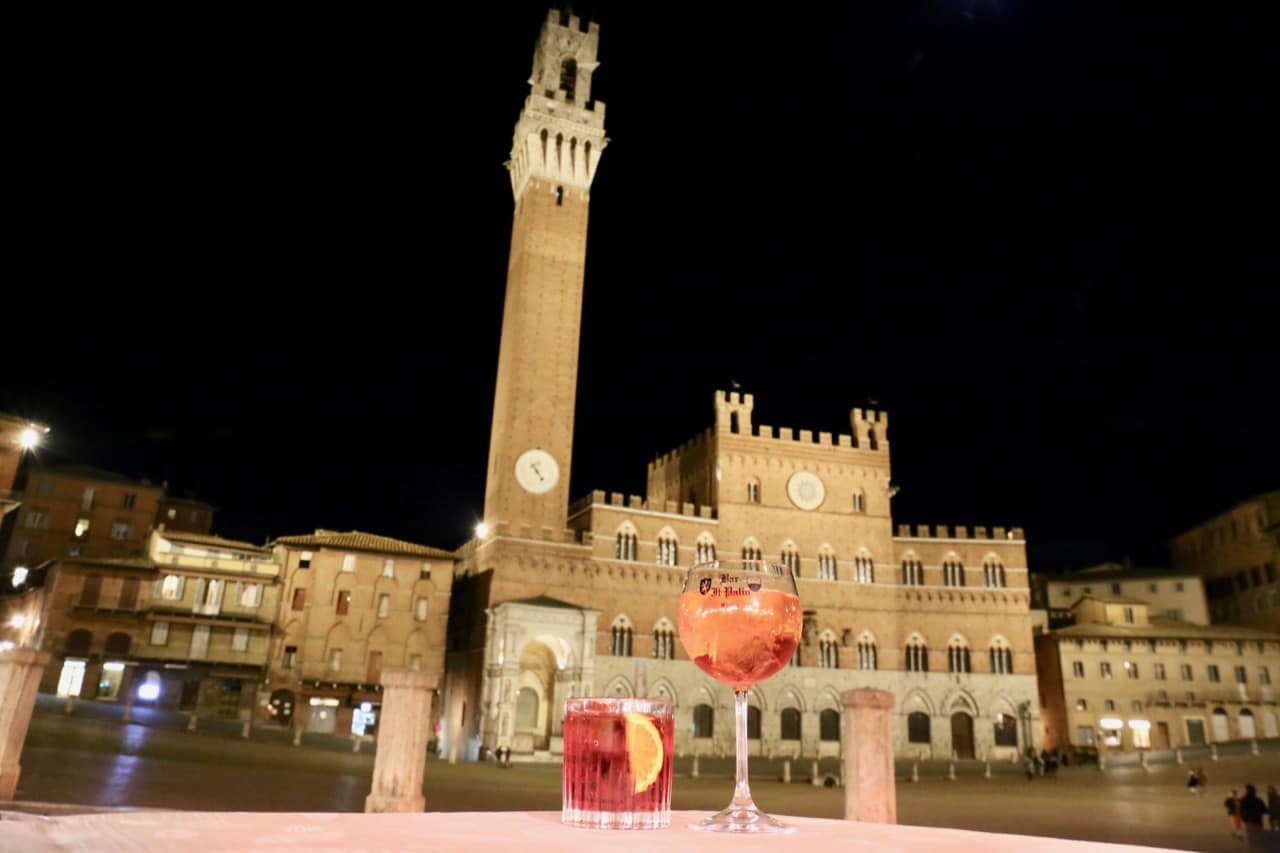
Aperitivo
A not to be missed Tuscan food culture tradition is the pre-dinner ritual of aperitivo hour. And while the aperitivo is mostly associated with northern Italy, you can enjoy an Aperol Spritz or Negroni across the country.
The aperitivo ritual typically includes a pre-dinner drink, paired with salty snacks like plump olives, potato chips or peanuts. Aperitivo comes from the Latin verb aperire, which means “to open.” It is usually enjoyed as a social occasion, to stimulate the appetite and “open the stomach.”
Classic aperitivo include dry, bitter based cocktails such as the Spritz, Negroni, or Americano. The most authentic Tuscan aperitivio is the Negroni, a speciality from Florence, made of gin, sweet vermouth and Campari. Wine lovers can also enjoy aperitivo hour by enjoying a sparkling flute of Prosecco or a glass of fruit Sangiovese.
Aperitivo in Tuscany are best enjoyed on a pretty piazza, luxury hotel bar, or balcony with a jaw-dropping view.
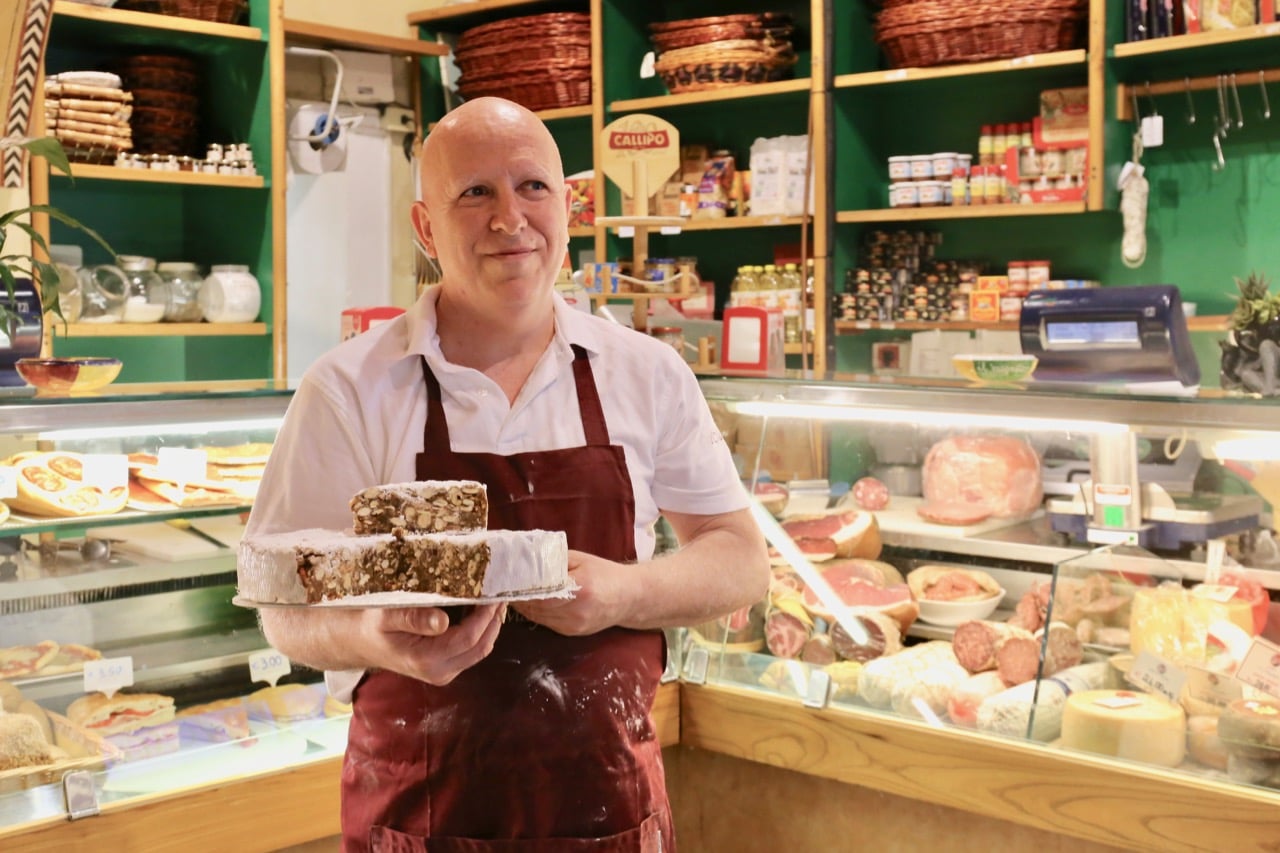
Panforte
If you’re a fan of chewy textures, Panforte should be on your Tuscan food must-try list. The traditional chewy Italian dessert contains a mixture of fruit and nuts, a popular delicacy found in the bakeries of Siena.
Its origins date back to the crusaders who discovered a similar product while marching through Turkey. The Italian soldiers snacked on the Ottaman staple during long marches as it kept well due to its high honey content.
Panforte literally translates to “strong bread,” which refers to its festive spiced flavour. The process of making panforte includes dissolving sugar in honey then mixing with various nuts, fruits, spices and flour. The incorporated mixture is then baked in a shallow pan. The finished disc is dusted with icing sugar and often has a band of rice-paper around the edge.
At cafes in Siena its common to see locals enjoying a small wedge of panforte with a cup of coffee at breakfast or dessert wine at the end of a meal. Since Siena is considered the panforte capital of Italy, it is often said that the most authentic recipes contain seventeen unique ingredients. The number seventeen pays homage to the number of contrade (districts) within the city walls.

Salumi
Salumi is one of the most popular Tuscan food products. You’re certain to find platters of cured meat and cold cuts served at hotel’s in Tuscany every morning at breakfast. The thinly sliced and flavourful meats are also often accompanied by cheese platters and make for a great impromptu countryside picnic or midday snack.
Tuscan cured meats are known for being intensely savoury, a sharp contrast to other cold cuts from Italy such as Emilia Romagna, which are defined as sweet. Tuscany’s top salumi products are derived from locally bred pigs such as Grigio, Cinta Senese or large white breeds.
Our favourite salumi from the region include briciolona toscana, salame toscani, lombo stagionato and spalla stagionata.

Pecorino Cheese
Take a road trip of Tuscany and you’ll find sheep bleating across the region’s scenic rolling hills. Commonly known as “cacio,” Tuscany’s history of herding sheep has provided wool for warmth and protein in the lean months.
It was common to keep sheep in pastures close to home in the warmer months and then in the winter they’d be moved towards Maremma, an event known as “transumanza.”
For visiting cheese lovers, the best Tuscan food you can eat is the region’s iconic pecorino. Produced from 100% whole sheep milk, Tuscany’s signature cheese has been a staple on the family feasting table since Etruscan times. In 1832, Ignazio Malenotti published “Manuale del Pecoraio” offering an official set of recipes on how to make both the aged and fresh sheep cheese.
Today, to be categorized as Pecorino Toscano DOP, the milk comes from specific varieties of sheep such as Massese, Comisana and Sarda. The finished cheese is always round, with a diameter of 15 to 22 cm, a height of between 7 to 11 cm and weighing 0.75 to 3,50 kg.
Some of the most popular pecorino cheeses produced in Tuscany include Abbucciato, Caciotta and Marzolino.
Planning a food tour of Tuscany? We suggest booking a tour and tasting at the award-winning pecorino farm in Pienza, Caseificio Verdi Pascoli. At the family-run pecorino farm just outside of Pienza, cheese lovers can learn how pecorino is made thanks to an informative behind the scenes tour. The experience completes with a tasting of Caseificio Verdi Pascoli’s finest pecorino, paired with a bottle of local red wine.

Brunello Wine
If you’re eager to sample the best Tuscan dishes, it’s important to also sip through the region’s finest wine. While Tuscany features endless rolling hills of lush vineyards, our favourite bottles are Brunello.
Brunello di Montalcino is a red DOCG Italian wine produced in vineyards surrounding the town of Montalcino, in the province of Siena.
Brunello, a diminutive of Bruno (“brown”), is the name that was given locally to what was believed to be a unique grape variety in Montalcino. In 1879 the Province of Siena’s wine experts determined, after several years of meticulously testing, that Sangiovese and Brunello were the same grape variety. In Montalcino the name Brunello has now evolved into the designation of a wine that is produced with 100% Sangiovese grapes.
Today, Brunello di Montalcino is considered one of Italy’s best-known and most expensive wines. If you’re looking to indulge in the region’s finest Brunello wine, organize a tour and tasting at postcard-perfect Castello Banfi Wine Estate.
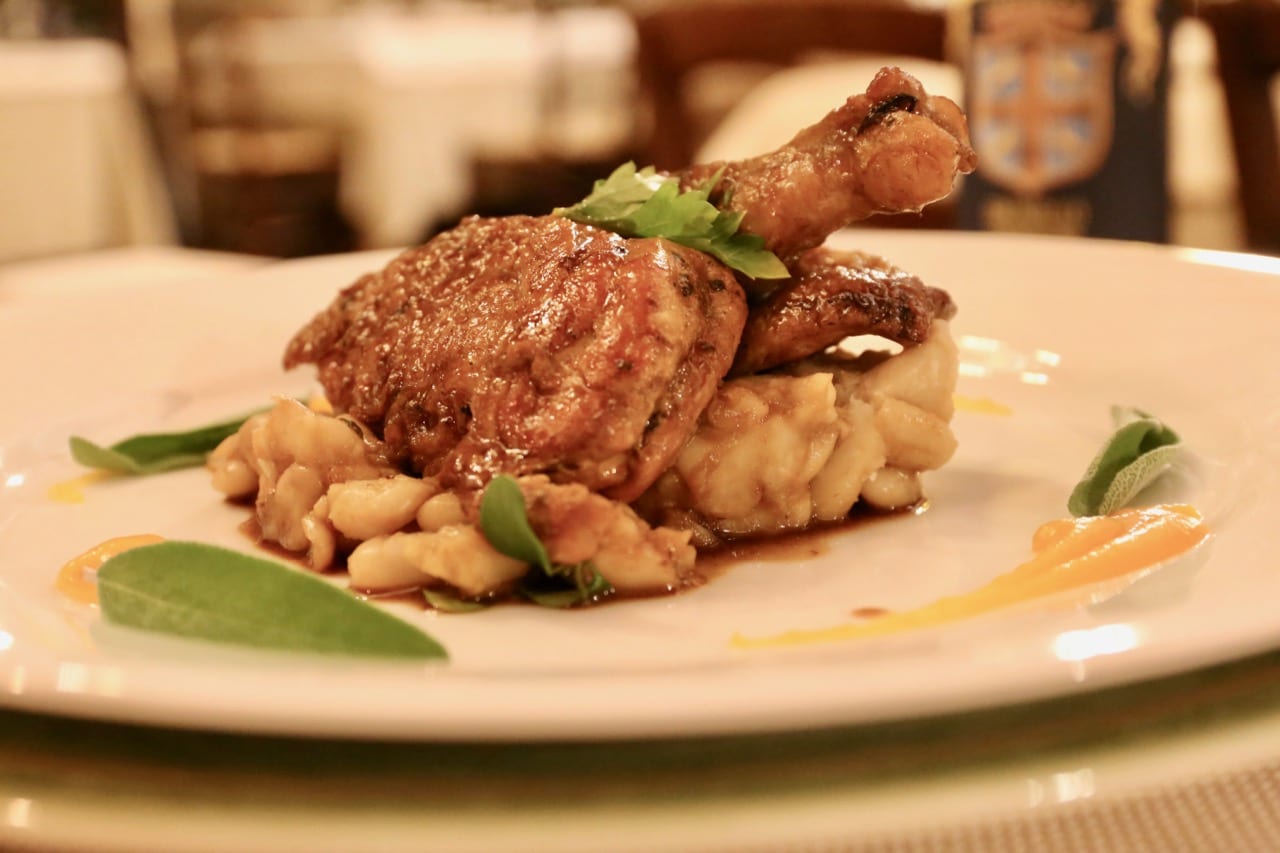
Guinea Fowl with Vin Santo and Beans
One of the most popular ancient Tuscan food recipes features three of the regions favourite ingredients: wild guinea fowl, beans and vinsanto.
Historically, families living in the Tuscan countryside used to stay in large farmhouses and had to work as sharecroppers to earn a humble living. In addition to a portion of the farmed vegetables, the meat found on humble dining tables was mostly game hunted in the woods.
Wild Guinea Fowl (a medium sized bird) are commonly served in Maremma. In the hearty dish pictures above, a local chef in Tuscany has slowly roasted guinea fowl in a sauce of Vin Santo, a style of Italian dessert wine. Traditional across Tuscany, these sweet wines are made from white grape varieties such as Trebbiano and Malvasia. The chef has served the vin santo-braised bird with one of the region’s favourite side dishes, buttery beans.
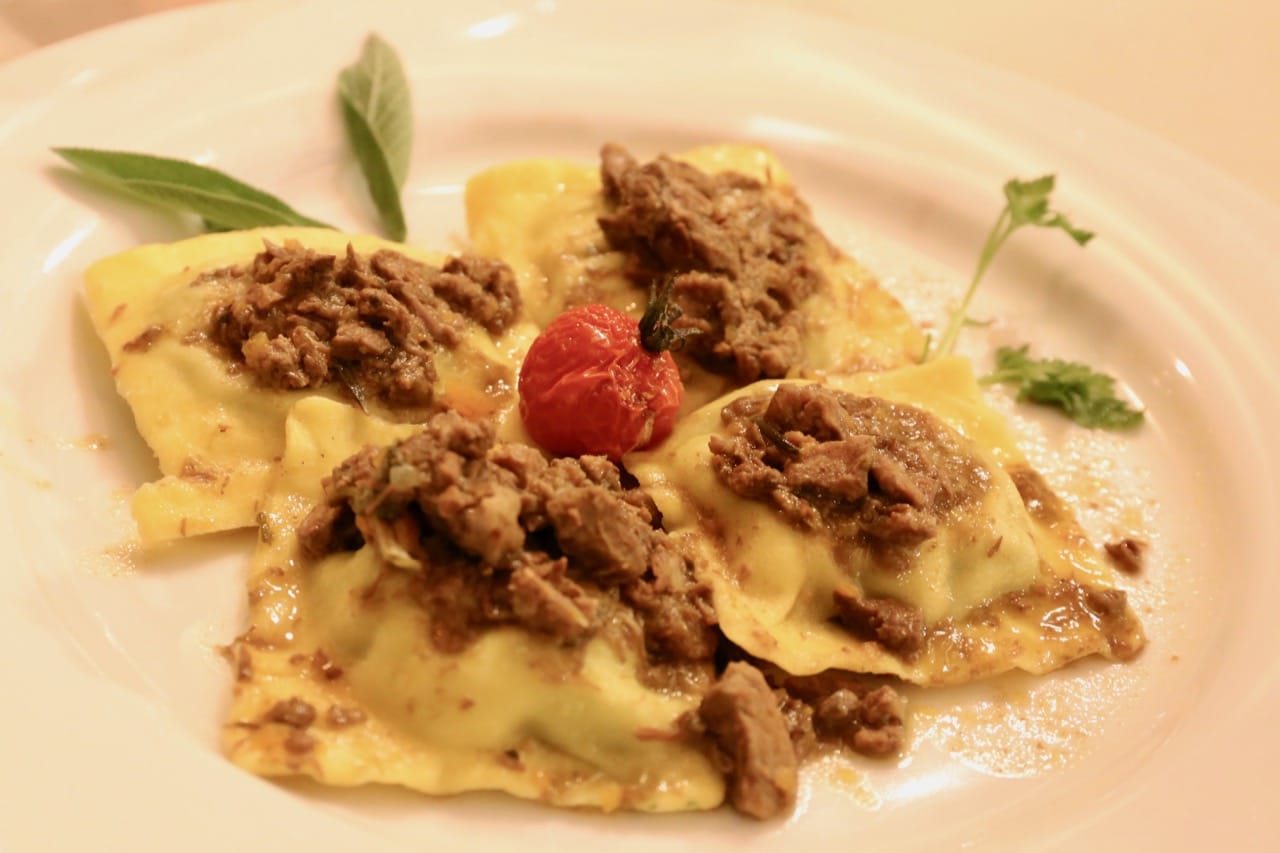
Maremma Tortellini
Known by locals as Tortelli alla Maremmana, the popular Tuscan food is typically served as a first course in the province of Grosseto. The name tortellini is actually misleading given that the dish is technically ravioli, with a low filling to pasta ratio.
Maremma Tortellini typically have sides that measure 8cm, but it’s possible to prepare them even bigger, up to 14/7 square centimetres. In many parts of the Maremma region, such as Sovana, Sorano and Saturnia, chef’s use mint or nettles in the sheep cheese filling, instead of the more traditional chard or spinach.
Once the plump pasta packages filled with herbaceous soft cheese are spooned out of boiling water, chefs top the dish with a Tuscan meat sauce. This particular sauce is different from ragu because it uses pieces of meat rather than the ground and minced variety. To prepare the sauce herbs are sautéed and then local Chianina beef and tomatoes are added. The sauce is slowly simmered then spooned across the Maremma Tortellini before being devoured in seconds with eager fork and knife.
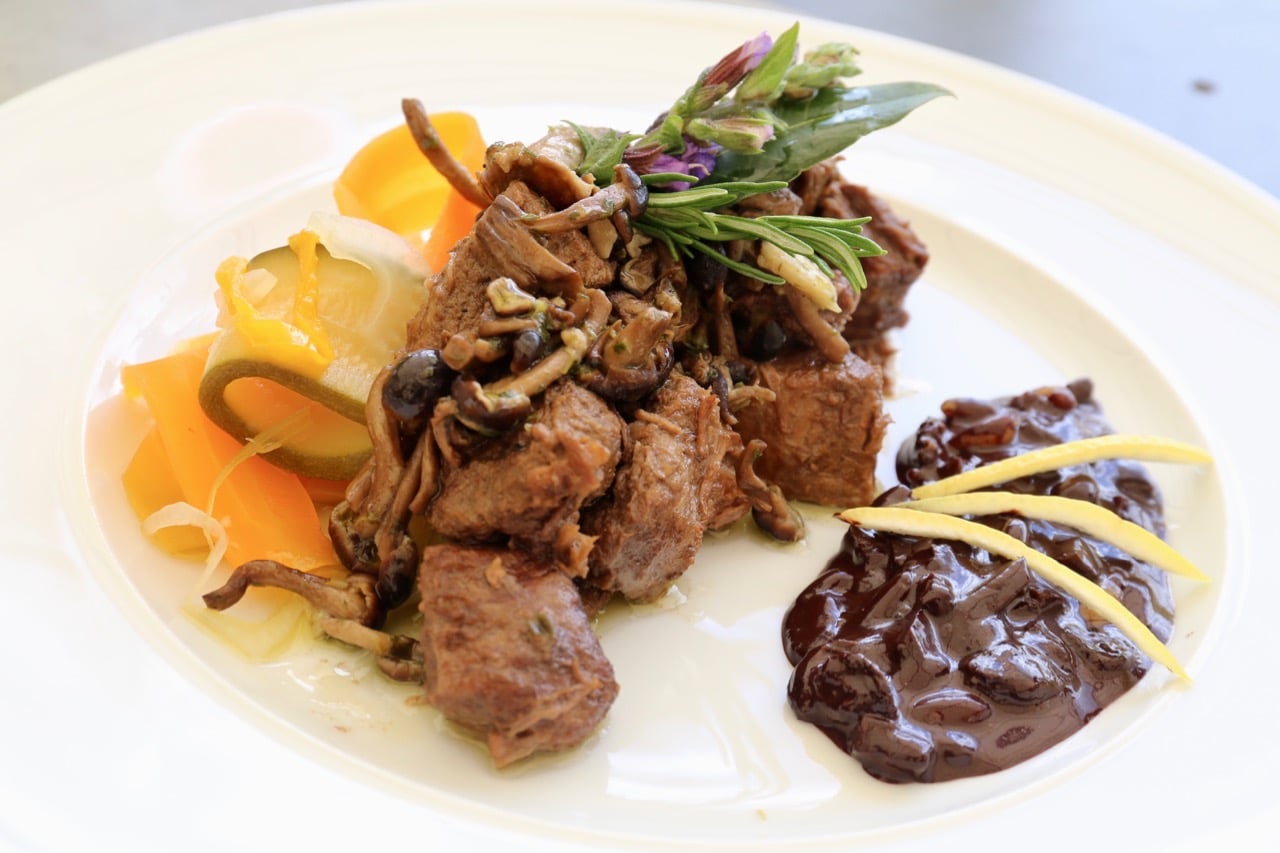
Wild Boar Stew
The Tuscan wild boar, known by locals as cinghiale, is both a local emblem and delicacy. The wild boar is protected by the densely forested slopes of the Maremma, but the pigs habit of foraging, which aerates the woodland floor is less welcome in village vegetable gardens and vineyards. The Tuscan wild boar is often tempted down from the hills by the scent of succulent ripening grapes, often ruining a winery in a matter of minutes!
Given the wild animal’s reputation as a pest, locals are eager for hunting season, which takes place between September and late January each year.
When slowly simmered, the lean meat offers a subtle gamey flavour to the sauce of Pappardelle Cinghiale, considered Tuscany’s national dish. The popular Tuscan food is most often served in the winter months, paired with a fine red wine to warm you up from bone-chilling cold.
While Tuscan wild boar is most commonly enjoyed with fresh pappardelle noodles, you can also find local restaurants that get creative in the kitchen. The dish pictured above was found at a fine dining restaurant in the small town of Bagno Vignoni. The chef researched old medieval recipes to craft a dish featuring tender wild boar, pioppini mushrooms, pickled vegetables and a rich sweet and sour sauce.

Truffles
One of the most globally recognized luxury Tuscan Food products is a member of the mushroom family. Tuscany is one of the most famous regions on earth for producing high quality black and white truffles. While Autumn is the season for the celebrated Tartufo Bianco, there are other varieties that grow in the forest year round.
Truffles are fungi that grow underground, living off the rot around roots and trees. There are more than 25 unique varieties of truffles that grow in the Italian countryside, but only a small few are edible.
Foodies visiting Tuscany can enjoy Italy’s prized truffles by booking a foraging tour, fungi-focussed cooking class or dining at a local restaurant. Many of the top restaurants in Tuscany offer pretty pasta dishes topped with thinly sliced aromatic truffles.
The four most prized truffle varieties in Tuscany are:
- White Truffle (October to December): picked each Autumn in the San Miniato hills around Siena, as well as Val Tiberina, Casentino and Mugello. Sizes vary from tiny as a chickpea to as large as an orange.
- Black Truffle (November to March): not as common as the white truffle, black truffles require cold and dry weather.
- Marzuolo Truffle (January to April): widespread in Tuscany and can be found in the same areas as white truffle. Mostly foraged along the coasts of the provinces of Pisa, Livorno and Grosseto.
- Scorzone Truffle (May to August): frequently found in calcareous soils and oak and pine woodlands.
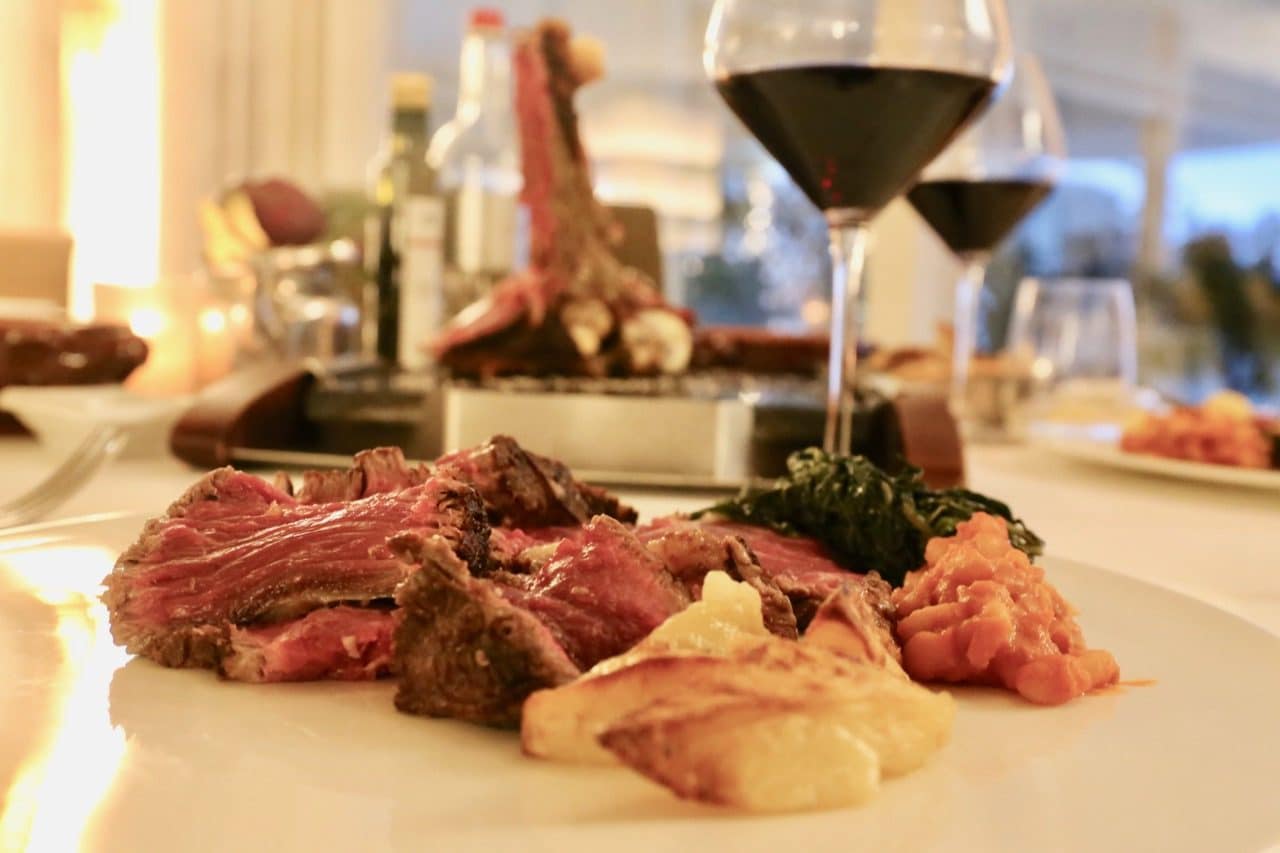
Florentine Steak
Known by meat-loving locals as Bistecca alla Fiorentina, Florentine steak is a must-try Tuscan food.
Florentine steak is a cut of beef made from the part of the loin near the leg. The steak must include a Porterhouse cut between the sirloin and the tenderloin. The meat is famously tender and tasty thanks to the well marbled muscles of the region’s prized Chianina cattle.
The most important factor attributed to the quality of a Florentine steak is the length of time the butcher has aged the meat. Compared to supermarket meat which rests for 48 hours, Florentine steaks typically dry age for 15-21 days.
Cutting a Florentine steak is an ancient art, with a minimum thickness of 1.5 inches required. Steak aficionados in Florence consider the perfect cut to be no less than 2-2.5 inches with a weight ranging from 1.5 lb to 4lb.
When cooking a Florentine steak the chef places the meat on a hot grill for 15 minutes by standing it upright on the bone. This allows the bone to transmit heat throughout the meat without cooking it. Once the steaks interior is warm, it is cooked on high heat for around 7 minutes on each side. The salting of meat only takes place after cooking, typically after the meat has rested for 10-15 minutes to allow the settling of juices.
The popular Tuscan food is best enjoyed with a glass of Chianti wine and a few typical Tuscan side dishes like roasted garlic potatoes, tomato stewed beans and sautéed spinach or chicory.
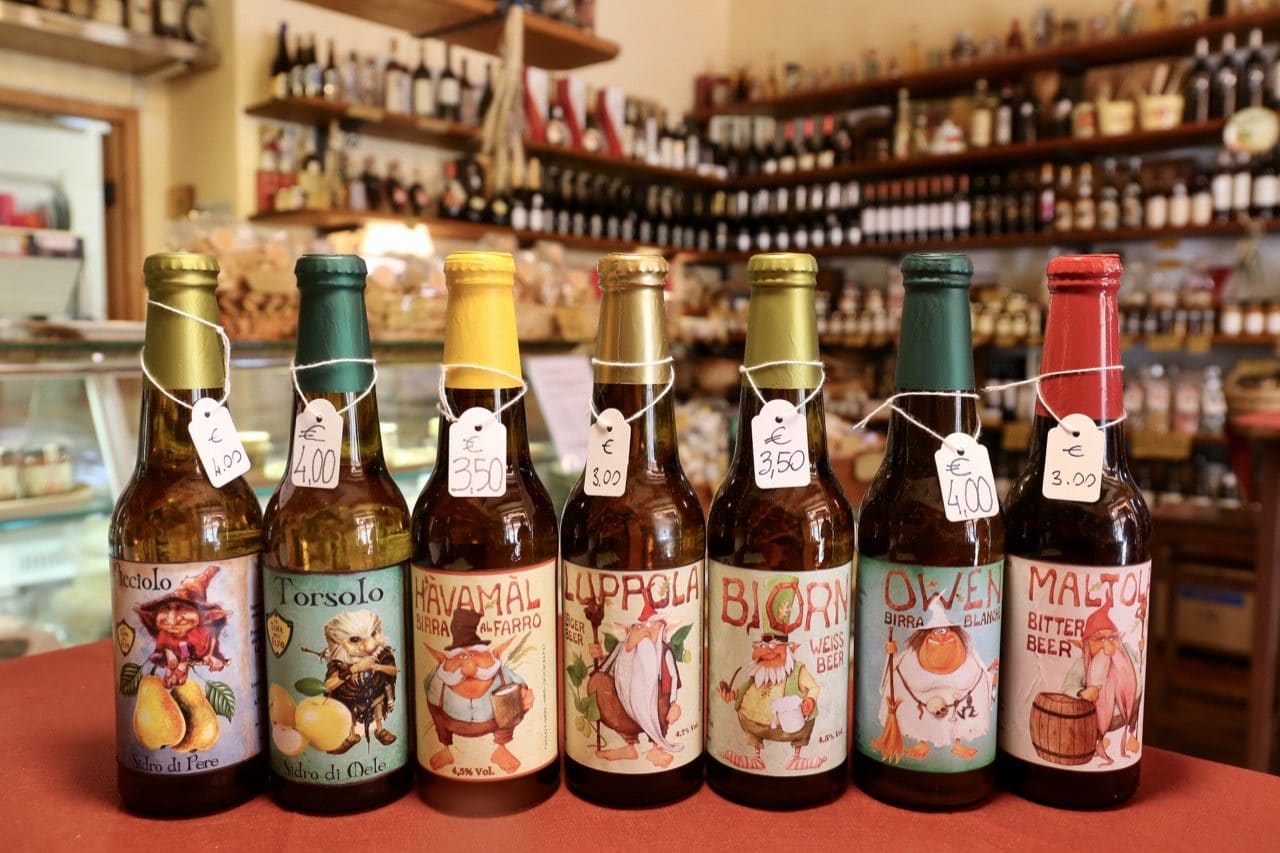
Craft Beer in Tuscany
While the beverage scene in Tuscany is most famously associated with wine, the region has experienced a craft beer boom recently.
Like most Tuscan food traditions, craft brewers in the region strengthen their products link to the territory by using local products. Brewers in Tuscany truly do get crafty, with unique craft beer offerings including native grain, local honey, sapa of local wine, saffron, potato and even chestnut.
If you’re a self identified craft beer enthusiast, plan your trip during one of Tuscany’s beer festivals. In January Florence hosts Birraio dell’Anno, Prato pours in May at A Tutta Birra and in the summer you’ll find Un Bagno di Birra in Siena and Il Senso della Birra in Lucca.
Some of Tuscany’s best craft beer brands worth hunting for at local beer bars and bottle shops include Birra del Moro, La Petrognola, Il Bovaro and Borgo alla Collina.
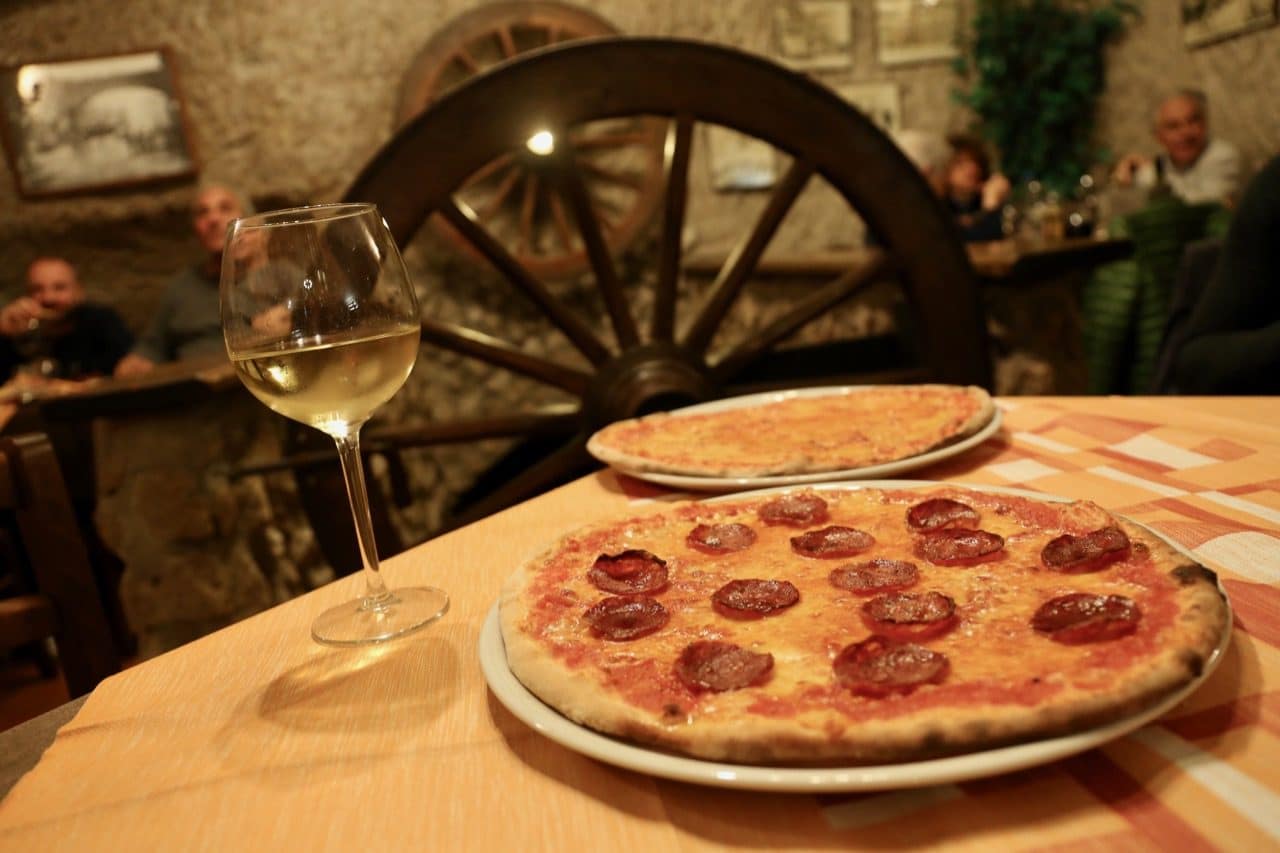
Pizza
Vying with pasta for recognition as Italy’s most famous dish, pizza has undoubtably left its mark on the world and our waistlines.
In Italy, pizza is most commonly associated with Naples, credited for modernizing flatbread in the 18th and early 19th-century. Authentic Neapolitan pizza is made with San Marzano tomatoes and mozzarella di bufala Campana.
Like much of Italy’s culinary culture, regions across the country have taken the dish and made it their own. A popular variant is Sicilian pizza, known locally as sfincione. The thick-crust or deep dish pizza originated in Sicily during the 17th century and is essentially focaccia topped with tomato sauce and other ingredients.
There are other variations of pizza in Italy, for example pizza al padellino, a small-sized, thick-crust variety served in Turin, Piedmont.
Tourists in Tuscany can enjoy top quality pies at pizzerias from Siena to San Gimignano. Unique Tuscan pizza’s feature toppings that are sourced locally such as San Miniato truffle, Chianina beef, slices of salumi, and game such as wild boar and rabbit.
Review Our Travel Checklist When Planning Your Next Adventure!
Find the best flights on Skyscanner
Never travel without insurance! We suggest World Nomads comprehensive coverage as it includes over 250 adventure activities such as scuba diving, bungee jumping and surfing.
If you’re planning a road trip make sure to compare the best local car rental options.
Looking to book a tour or VIP experience on holiday? Book the best local tours on Viator.
Be sure to check your travel destinations electrical plug requirements in advance. If you travel often be sure to purchase a multi-region adaptor.
Whether you’re marching through a city or exploring a rugged rural landscape, it’s important to ensure you’re traveling with comfortable footwear. We suggest these comfortable walking shoes for urban adventures or these waterproof hiking boots when embarking on a hike holiday.
Capture your holiday on a quality camera. We suggest the pocket-sized Canon Powershot G7 or professional SLR we shoot with Canon EOS 6D.
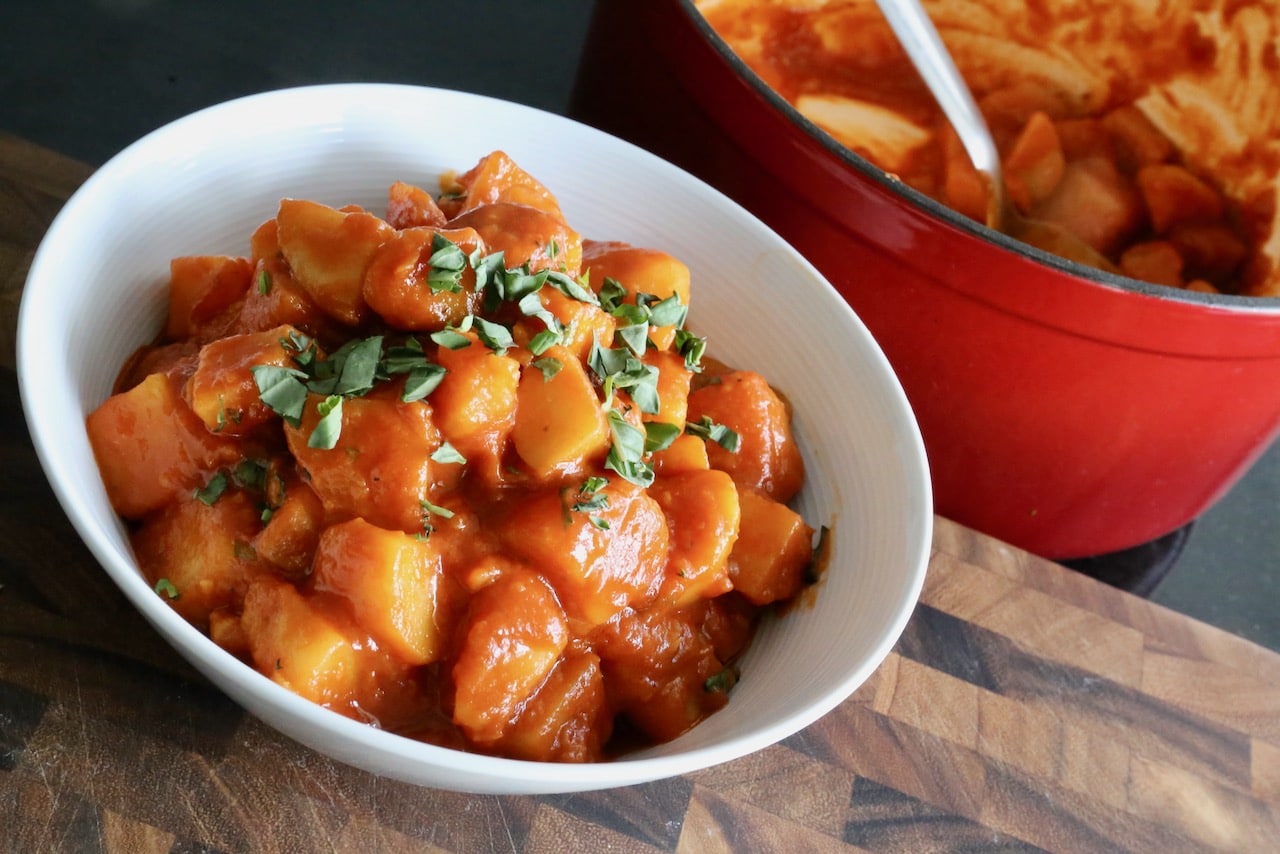

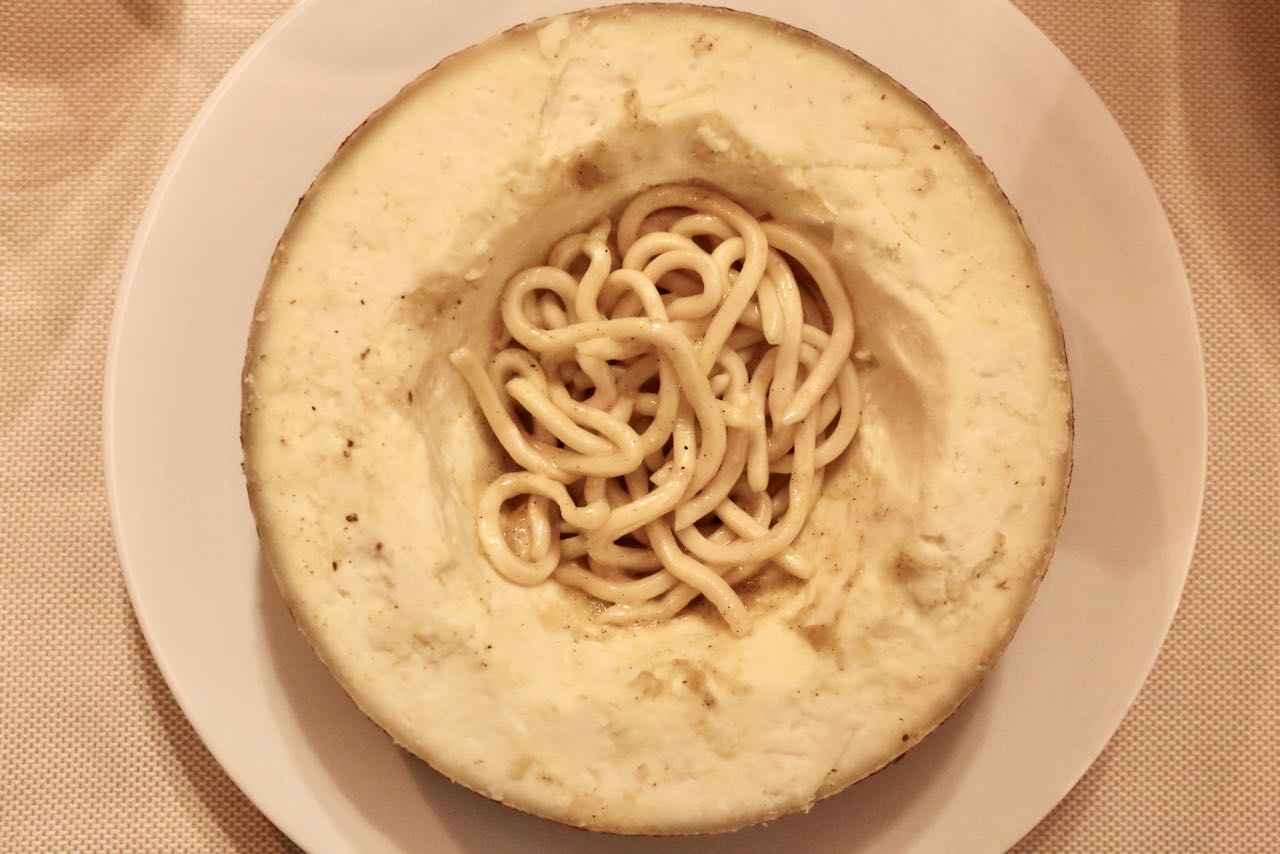
Thanks for naming us